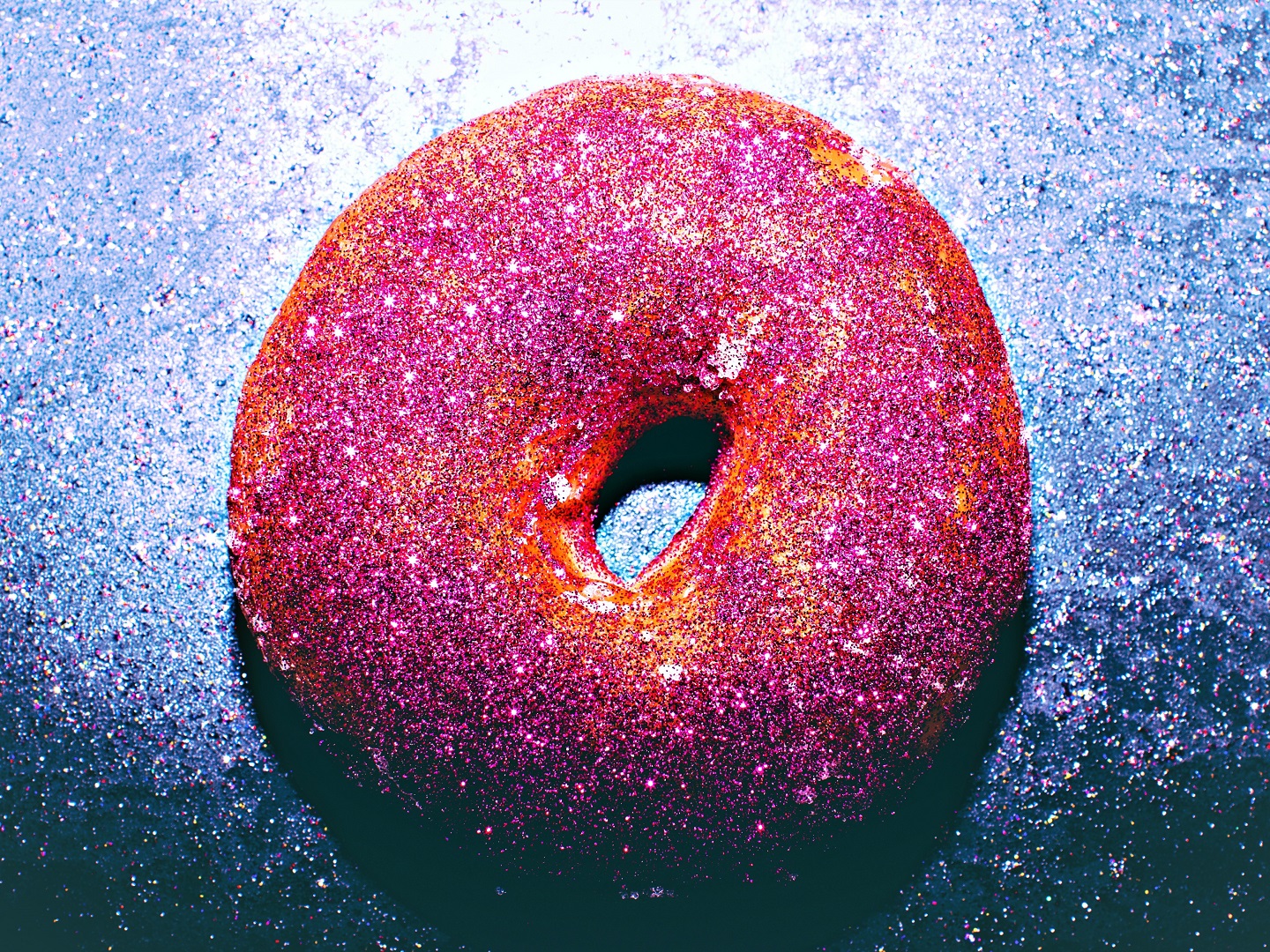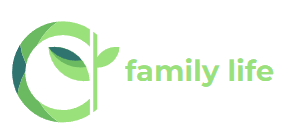
A little decorative edible glitter and dust can dress up any dessert. Some desserts, such as themed cakes or holiday desserts, practically require a scattering of glitter to look complete. Others, such as the ever-versatile sugar cookie, go from basic to luxe with a bit of glitter dust. But is all this decorative glitter safe to eat?
Not necessarily, according to the United States Food and Drug Administration. In a recent consumer update, the FDA encouraged consumers to be aware that some decorative glitters and dusts that are intended to adorn foods might actually contain some materials that should not be eaten.
Some purportedly edible decorative glitters and dusts are sold online or in stores with names like luster dust, disco dust, twinkle dust, sparkle dust, highlighter, shimmer powder, pearl dust, and petal dust, but not all are produced specifically for use on food, without inedible ingredients. Common, safe-to-eat ingredients in edible glitter or dust include sugar, acacia/gum arabic, maltodextrin, cornstarch, and color additives specifically approved for food use.
Decorative edible glitters are legally required to display a list of ingredients on the label; if there’s no nutrition label (like one would see on a bag of chips or nutrition bar), it may not be entirely safe to eat. The packaging should also clearly say “edible.” “Non-toxic” or “for decorative purposes only” does not mean the same thing—items with these labels alone should not be used directly on food. (Using them to decorate a centerpiece or tablecloth is just fine.) If inedible decorations are used on a dessert, remove them before serving and eating.
If you’re purchasing a premade item from a bakery, the FDA recommends asking if the decorative items are all made with edible ingredients. If you don’t receive a definite answer, ask to see the product labels, or plan to remove decorative items before serving the baked good(s).

